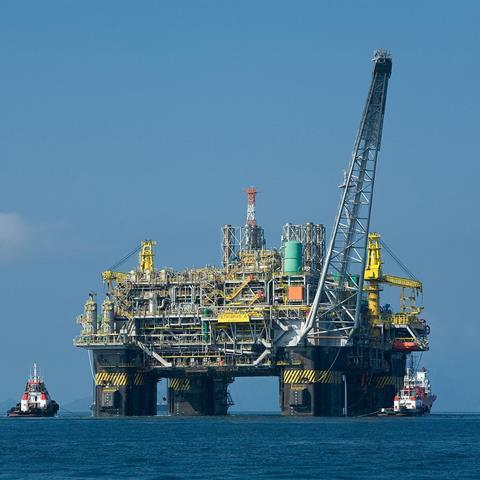The deep sea is a place of wonder to many individuals, a place with no light, a place feeling almost uncomfortable, an entire alien world located in the depths of the ocean waiting to be explored and discovered. A world only portrayed within science fiction or fantasy.
Personally, I like to think of the deep sea as a world of magical species yet to be discovered, like Avatar by James Cameron. Sadly, again like Avatar, humans are planning to come along and potentially destroy the unknown, without savouring a thought for life within the great depths and the ecological role within the fragile ecosystems below – this is known as Deep-Sea mining (DSM) – the phrase ‘out of sight, out of mind’ rings a bell.
The ocean has helped protect us from the effects of climate change for many years, absorbing 50% of the CO2 released from burning fossil fuels and more than 90% of the heat from greenhouse gas effects. However, now the idea of DSM has been proposed, backed by countries such as the UK, France, Germany, Spain, USA and China in the search for metals such as iron, manganese, copper, zinc, lead, nickel and rare metals.
DSM can take multiple forms; Sucking polymetallic nodules from abyssal plains, stripping cobalt crusts from seamounts, and extracting polymetallic sulphides from hydrothermal vents – all these areas support a unique range of biodiversity.
These environments are extremely fragile and are predicted to struggle under climate change without the added pressure of DSM. These areas support life existing over decades or centuries, rather than years, and for many locations support unknown species.
Most recently, scientists discovered more than 5,000 species living on the seabed within Clarion-Clipperton Zone (CCZ) in the Pacific Ocean, during an environmental survey carried out within a site licenced for DSM. A staggering 92% of the species were classed as unique to the area and science, whilst only 436 were already named species and 6 recorded elsewhere. In 2021, the Pacific nation of Nauru in Micronesia triggered a ‘two-year rule’ that resulted in a deadline for International Seabed Authority (ISA) to finalise environmental regulations towards DSM. Although ‘hopefully’ not a hard deadline, after July 2023, theoretically the deep sea could undergo DSM without appropriate regulations in place and regions like the CCZ could undergo irreversible changes and biodiversity loss.

These regions of distinctive biodiversity can also be areas of biomedical interest, the deep-sea harbours unique selective pressures: cold temperature, high pressure and low light, all serving to create life found nowhere else on Earth. These life-forms are capable of secreting bioactive compounds in the form of antiviral, anticancer, antifungal, and antimicrobial properties. Corals and sponges specifically are known to harbour many bioactive compounds, many with anticancer and antimicrobial properties, some in the discovery pipeline and others such as Cytarabine, Vidarabine and Ziconotide available on the market and saving many lives. DSM could result in a loss of these lifeforms from the biodiverse areas, specifically sessile animals such as corals and sponges unable to move away from areas no longer suitable. Although some compounds have been sourced from these areas before DSM has begun, there is a dire need for more novel treatments to be discovered.
Cancer is the leading cause of death worldwide and is still treated using one of the first treatments discovered (Chemotherapy), although other drugs are in the pipeline there is a great need to discover other potential treatment methods. Similarly, Antimicrobial Resistance (AMR) is a phenomenon where viruses, bacteria, fungi, and parasites no longer respond to the treatments designed to kill them. AMR is predicted to kill more than 10 million people (more than cancer) by 2050, currently we are on route to exceed that number.
If DSM is approved without sufficient guidance, we could see devastating losses of biodiversity within delicate ecosystems. Repercussions could also be seen on terrestrial lands in the form of a scarcity of new compounds. A rise in AMR infections could be seen as resistance develops and no new antibiotics are sourced. Efforts have specifically turned to the deep sea to source new antibiotics as terrestrial environments often result in the discovery of known compounds. If the deep sea begins to be impacted by DSM and as a result biomedical compounds are lost, it is highly likely this will impact the research and development of new drugs.
In conclusion, DSM highlights the lack of knowledge held about the deep sea overall. Little is known about ecosystem services, climate change effects, the potential loss of biodiversity and subsequent impact on biomedically relevant compounds needed within society. All of this coupled with the potential added pressure of DSM could result in irreversible changes, that will only be known once it is too late.








No comments yet